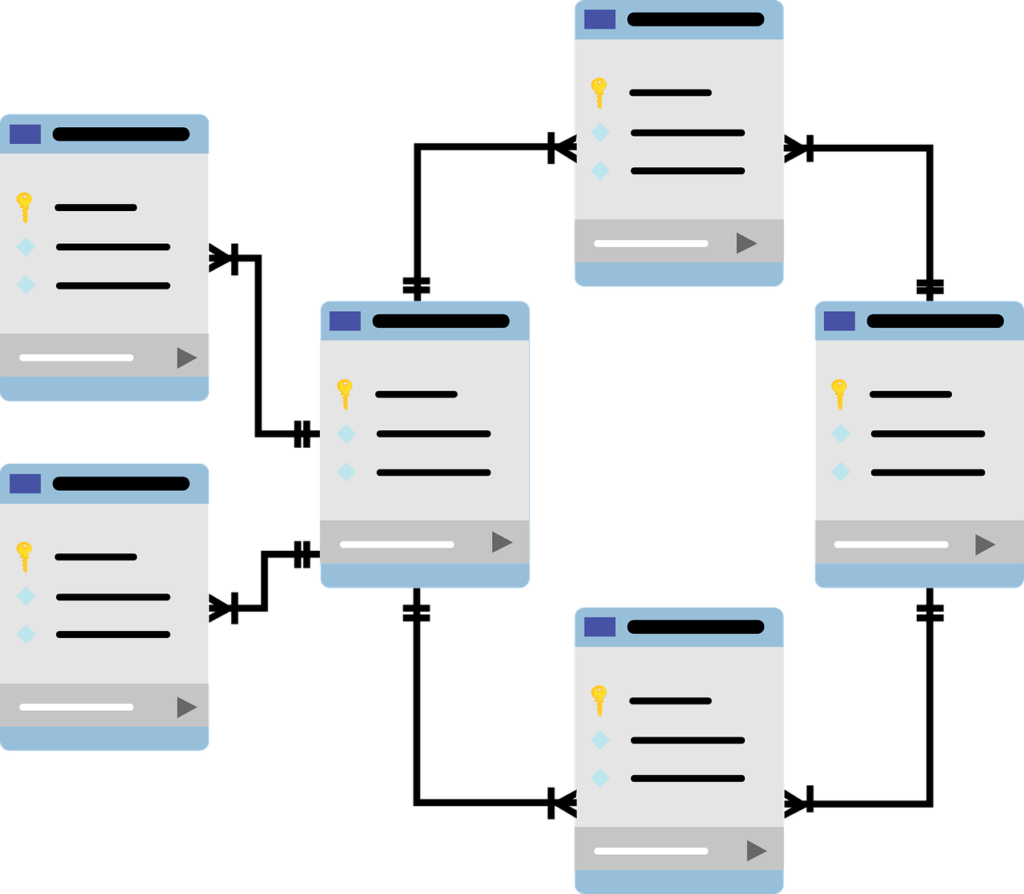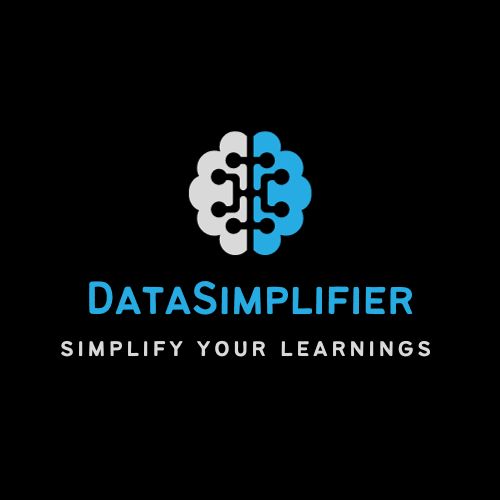Welcome aspiring data analysts, and SQL enthusiasts! 👋 Are you prepared for a thrilling journey to the fierce world of SQL? If you happen to be the out-of-the-box thinker who desires growth or the driven professional who looks at this publication as a stepping-stone to a successful career, you have in your hands a tool that will transform your thinking and abilities to SQL topics for data analytics. This is going to be a thorough exploration of many SQL

You might wonder why we concentrate on SQL topics for data analyst roles? SQL is the device through which data exchange and analysis are done today. It is a mainly practical device allowing you to identify useful facts from various data, and thus a must for the data analytics field. SQL is the tool you get to differentiate yourself with from the very basic data retrieval to the most complex analyses. It is the language through which the thorough job market is waiting for.
Combining the whole genre of essential SQL topics for data analysts from ground up and comprehensive techniques, we indeed covered it all in this comprehensive instructive guide. This should be your go-to outlet for all things SQL – an inclusive solution that streamlines learning and allows you to progress without holding you back. We are going to look at typical queries as well as extensive data manipulation techniques to ensure that you are more than prepared to take on the diverse data challenges in the business.
Our mission is that going through our contents you will have a firm base but not be deprived of advanced knowledge so this guide can also be helpful for both non-experienced and advanced people. As you accomplish this adventure, you will soon be at ease with any SQL-related task. Let’s begin and find the full potential of key SQL topics for data analytics along with a few sql interview questions for data analytics role!
Now, let’s take a sneak peek at the exciting sections we’ll be exploring:
- SQL 101: From Zero to Hero
- Join the Party: Mastering SQL JOINs
- Aggregate Funk: Grooving with GROUP BY and HAVING
- Subquery Sorcery: Nesting Your Way to Success
- Window Functions: Framing Your Data Like a Pro
- Indexing and Performance Tuning: Speed Up Your Queries, Speed Up Your Career
- Handling Complex Data: JSON, XML, and Beyond
- Cracking the Code: Ace Your SQL Interview Questions
SQL 101: From Zero to Hero
Alright, freshers, let’s start our SQL adventure with the basics! Think of SQL as the language you use to sweet-talk databases into spilling their secrets. It’s like learning Hindi, but instead of impressing your crush, you’re impressing data!
We’ll cover:
- SELECT statements (aka “gimme that data, please!”)
- WHERE clauses (finding the needle in the data haystack)
- ORDER BY (because chaos is so last season)
- INSERT, UPDATE, and DELETE (playing God with your data)
Remember, mastering these basic SQL topics is like learning to walk before you run. Soon, you’ll be sprinting through datasets like Usain Bolt!
Join the Party: Mastering SQL JOINs
Picture this: You’re at the hottest Bollywood party in town, and different tables (literally) are mingling. That’s essentially what JOINs do in SQL! They’re the social butterflies of the database world, bringing tables together like a pro matchmaker.
We’ll dive into:
- INNER JOIN (the VIP section where only the cool kids with matching IDs get in)
- LEFT JOIN (when you want to keep all your left-side friends, even if they’re flying solo)
- RIGHT JOIN (same as LEFT, but for your right-side squad)
- FULL OUTER JOIN (the “everyone’s invited” join – no table left behind!)
Mastering JOINs is crucial for SQL interview questions, so pay attention
Aggregate Funk: Grooving with GROUP BY and HAVING
Alright, data dancers, it’s time to bring some rhythm to our SQL moves! Let’s suppose you are creating a huge Bollywood dance. GROUP BY is the arrangement of the dancers into formations, and aggregate functions (COUNT, SUM, AVG) are the killer steps that make the crowd go wild. And HAVING? That’s your strict choreographer, making sure only the best performers make it to the final cut!
We’ll bust these moves:
- GROUP BY (creating your dance formations)
- Aggregate functions (the show stopping steps)
- HAVING (selecting only the star performers)
Master these, and you’ll be the Prabhu Deva of data analytics, making those numbers dance to your tune!
For the Subquery section, I’ll use a nested doll analogy to help visualize the concept of nesting queries.
Subquery Sorcery: Nesting Your Way to Success
Ready to dive into the magical world of subqueries? Think of them as those adorable Russian nesting dolls, but instead of dolls, we’re dealing with queries within queries. It’s like SQL inception – we need to go deeper!
We’ll unpack:
- Scalar subqueries (the tiny doll in the center)
- Correlated subqueries (when dolls start talking to each other)
- Derived tables (creating a whole new set of dolls)
Mastering subqueries is crucial for tackling advanced SQL topics and will definitely come in handy during those nerve-wracking SQL interview questions for data analysts role!
Window Functions: Framing Your Data Like a Pro
All aboard the Window Function Express! Imagine you’re on a train journey across India. Each compartment is a partition, and the windows frame the beautiful scenery outside. That’s essentially what window functions do – they let you perform calculations across a specific “window” of your data.
We’ll explore:
- OVER clause (defining your train compartment)
- PARTITION BY (organizing passengers by destination)
- ORDER BY (arranging the scenery in a specific order)
- Framing (deciding how much scenery you want to see)
Window functions are the secret weapon in a data analyst’s arsenal, so pay attention! They’re often featured in SQL interview questions for more advanced roles.
For the Indexing and Performance Tuning section, I’ll use a library analogy to explain the concept of indexing and its impact on query performance.
Indexing and Performance Tuning: Speed Up Your Queries, Speed Up Your Career
Think of your database as a massive library, and indexing as the classification of books. Without proper indexing, finding the right “book” (data) would be like searching for a specific grain of rice in a 5-star buffet – time-consuming and frustrating!
We’ll cover:
- Creating and using indexes (organizing your library)
- Query optimization techniques (finding the fastest route to your data)
- Execution plans (understanding how SQL “thinks”)
Remember, a fast query is a happy query, and happy queries make for happy data analysts!
For the Complex Data Handling section, I’ll use a multilingual conversation analogy to explain the concept of working with different data formats.
Handling Complex Data: JSON, XML, and Beyond
Welcome to the United Nations of data formats! In today’s diverse data landscape, you’ll encounter information speaking different “languages” like JSON and XML. As a skilled data analyst, you need to be the ultimate polyglot, understanding and manipulating these formats with ease.
We’ll explore:
- Working with JSON data (chatting with web APIs)
- Handling XML (decoding those angle-bracket messages)
- Dealing with unstructured data (making sense of the data chaos)
Mastering these skills will make you the go-to person for handling complex data sources, a crucial skill in today’s data-driven world. It’s like being the office translator, but instead of languages, you’re translating data formats!
Cracking the Code: Ace Your SQL Interview Questions
Welcome to “Who Wants to Be a Data Analyst?” – the ultimate SQL quiz show! In this thrilling finale, we’ll get through some of the most common SQL interview questions for data analytic roles specially. Don’t worry, we won’t leave you hanging like a suspense thriller – we’ve got all the lifelines you need! Job Notifications Group
We’ll cover:
- Classic SQL interview questions for data analysts role
- Tricky scenarios to test your problem-solving skills
- Performance optimization puzzlers
- Real-world application brain-teasers
Remember, these aren’t just random questions – they’re your ticket to landing that dream job in data analytics. So put on your thinking caps, and let’s turn those interviewers’ poker faces into impressed smiles!
You can get these interview questions _____here_____
Conclusion:
Wow, what a journey through the world of SQL for data analytics! From basic queries to advanced concepts, you’ve now got a comprehensive understanding of all the essential SQL topics for data analyst roles. Remember, this guide is your one-stop shop for SQL knowledge – no need to look elsewhere!
But knowledge alone isn’t enough. Put these skills into practice! The more you work with SQL, the more comfortable you’ll become. It’s like learning to cook – nothing beats whipping up a delicious data curry in your own query kitchen!
Congratulations on making it this far! Your dedication deserves a reward. You’re invited to join our exclusive premium Telegram group where we share valuable insights for free. Simply drop your Telegram ID in the comments below. This is our little secret – just for the committed learners like you! So don’t expose this to other people compromising group quality.
As you step out into the exciting world of data analytics, armed with your new SQL superpowers, remember this: every great data analyst started exactly where you are now. With dedication, practice, and a sprinkle of creativity, you’ll be tackling advanced SQL topics and acing those SQL interview questions in no time!
Stay curious, keep learning, and let your SQL skills shine. The data world is yours to conquer!
Best Data Analytics Project Ideas
P.S. Don’t forget to join our main Telegram group for job notifications and to learn more about data analytics, from Tableau to Excel. It’s the perfect way to stay updated and connected with fellow data enthusiasts. Click the link to join now!
Share the post with your friends
